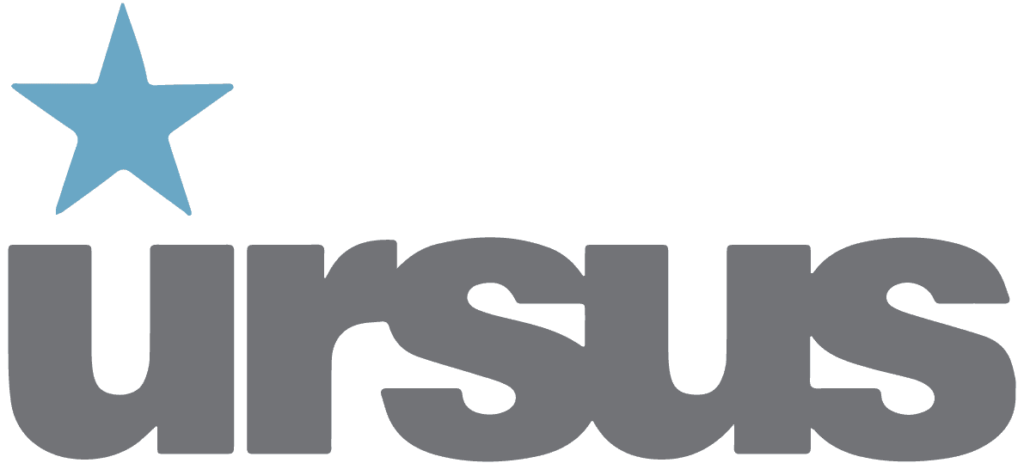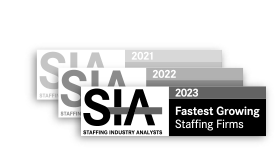(San Francisco) – Compliments of our partners at Silver-Peak, I attended the first West Coast edition of the Open Networking User Group (ONUG), held at Intuit HQ in Mountain View. Well done @nicklippis and his team for putting together yet another quality event. After two days of panel discussions, case study showcases, and speaking to various vendors and clients on the show floor, I continued to hear the same lament from attendees; why adoption of new technologies has taken longer than the typical technology adoption curve. The same anecdotal stories that I remember hearing when I first joined Embrane to head their global field operations effort three years ago were mostly alive and well. Of these, my favorite: “You can’t expect a network engineer who has lived in a CLI world for decades to all of sudden know how to or want to write code.”
And why is that? Marcia Savage wrote a great piece this week (‘The Bumpy Road to Software Infrastructure’) citing numerous industry thought leaders, including a few clients, such as Jim Younan at UBS, Joe Ferrell, CTO at GE, Lane Patterson at Yahoo, and Pablo Espinoza, Director of Engineering at Intuit. They all cited the need for a “culture and mindset shift” within a given IT organization. Seems obvious, right? But who really owns this mandate / responsibility within an organization, or, better yet, within the greater industry? To borrow from one of my favorite mentors: “Whose self-worth and compensation are tied to seeing this project succeed?”
Answer: the responsibility and onus for shift change unequivocally lies with companies adopting the technology and/or the companies selling it to them. But, it also goes beyond buyer and seller, to the broader IT community. We simply can’t afford to wait for the next generation of technical talent to enter the workforce. Just because the existing talent base has trouble spelling API and remembers the days when memory, storage and computers cost hundreds of dollars, not pennies, doesn’t mean that they can’t evolve or adapt. Similarly, not every network engineer is privileged to be working on the SDN POC or attend working group sessions at ONUG. Where do these folks go for help?
And that was my ONUG epiphany. I’m almost embarrassed by it now, as it seems so obvious to me that Ursus, as an IT Staffing and Solutions provider, not only has 1) an obligation to the greater good of the industry (corny but still true), but also 2) an enormous opportunity to lead from the front with sponsored training, career development and guidance, helping our candidates successfully make this critical shift change. In fact, we’re already doing this; we see hiring and project trends at a broader scale than any candidate possibly could, so the team shares this information while providing guidance and resources beyond their own companies’ abilities, helping them navigate their way through this evolutionary period. We hear and answer these questions daily: “How do my current skill sets and work history translate, given new technologies? What steps should I take at my current or new company to strategically map my career path, ending up where I want to be? What companies are aggressively pursuing next generation vendors and are also committed to investment in continuing education and training? Fortunately, answering these questions for candidates and hiring managers is the cornerstone of the Ursus brand experience. .
Look for Ursus updates as we work to accelerate this market evolution. Bottom line, we’re in the people business and so we see it as our responsibility – as well as a great opportunity and good for all players in the market – to contribute our energy, dedication and enthusiasm to this culture + mindset shift. We can absolutely do more. I’m in. Are you?
















